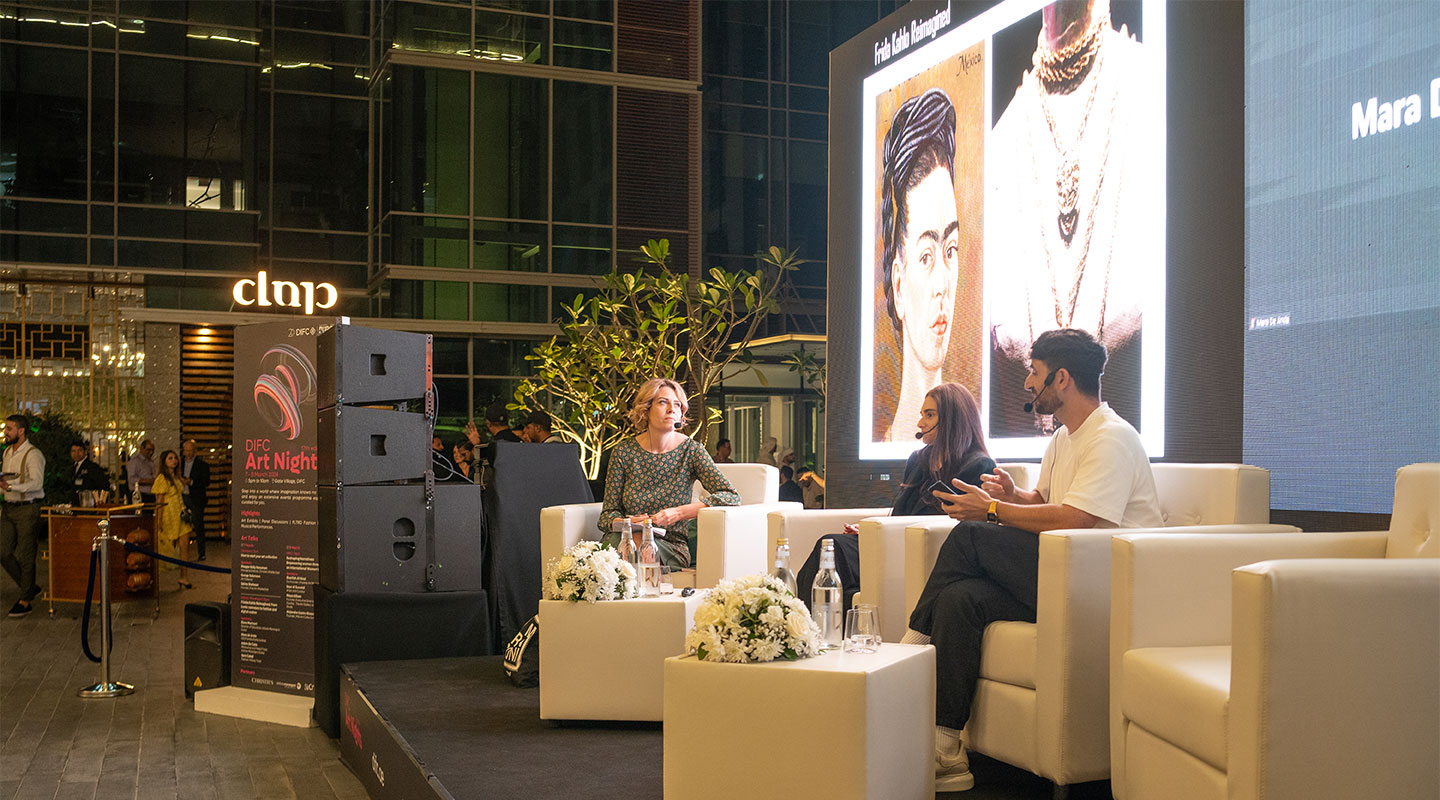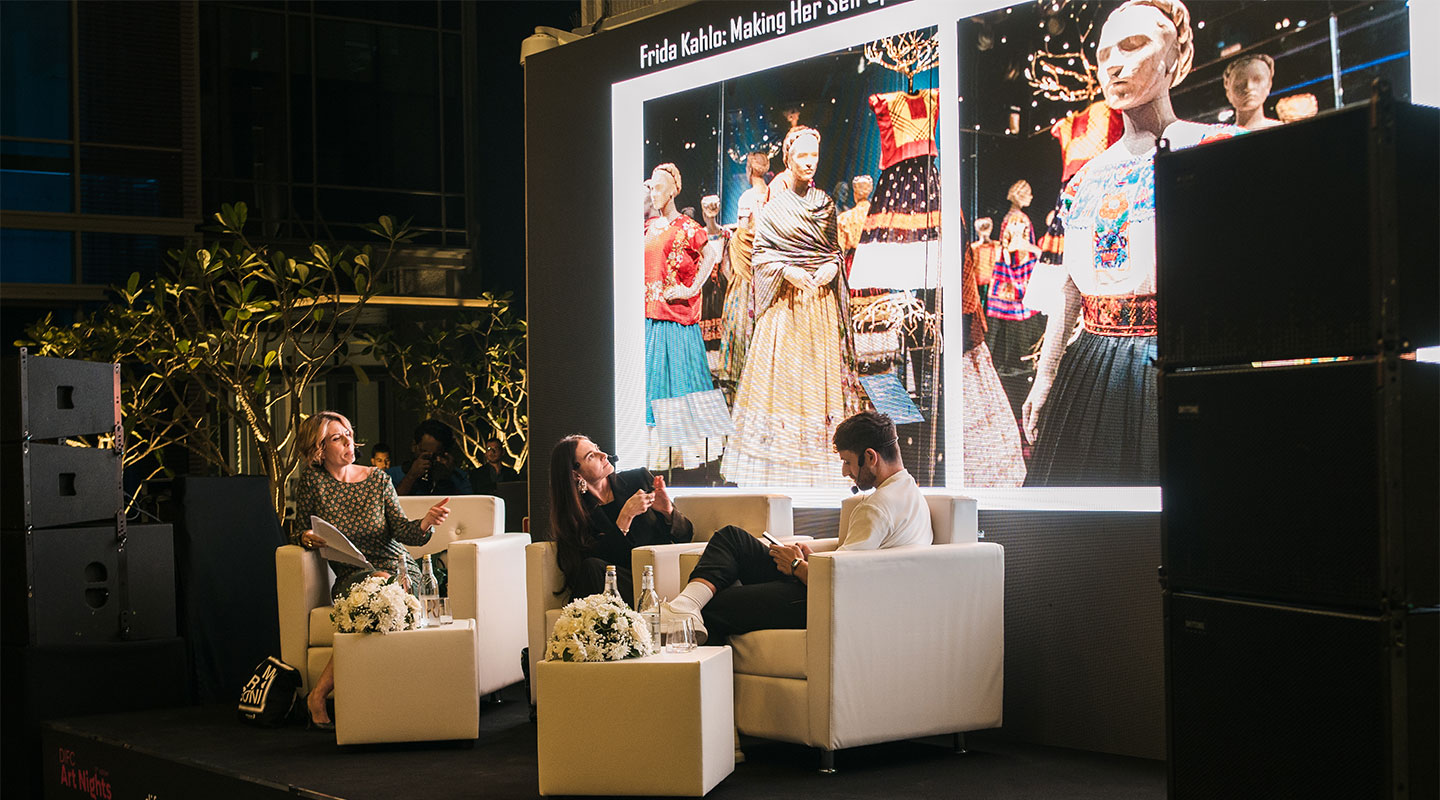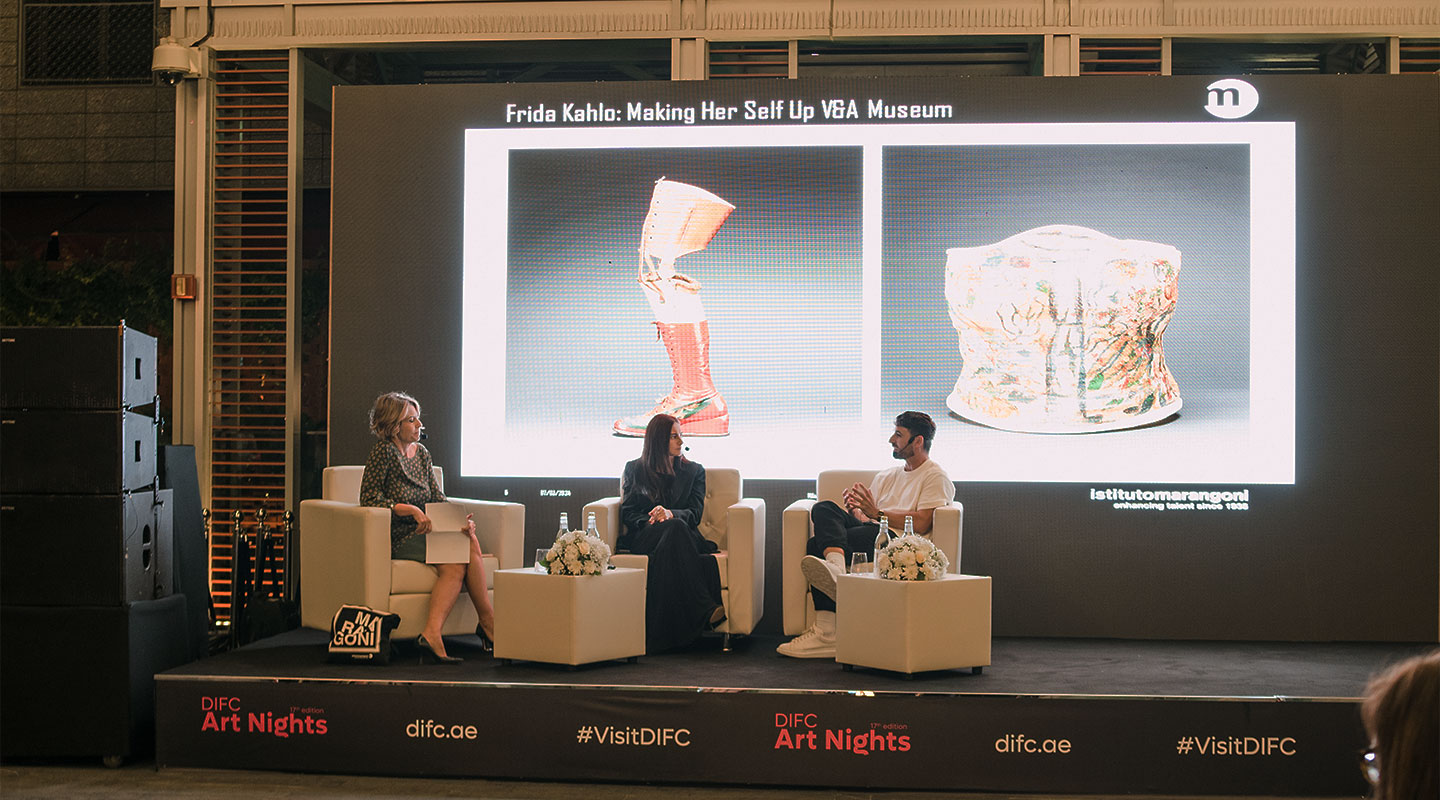






“I am not sick. I am broken. But I am happy to be alive as long as I can paint.” These words, spoken by one of the most influential women in the history of art, provide insight into the essence of Frida Kahlo, shaping her enduring legacy of artistic brilliance, resilience, and style.
Despite rejecting labels, Kahlo’s name conjures images of Mexican surrealism, highlighting her distinctive contribution to the art world. Born into a family of artists on July 6, 1907, Kahlo’s path to becoming one of the most celebrated female artists and a cultural icon was marked by adversity, including a life-altering accident at 18. Bedridden for months, she turned to painting, her self-portraits often weaving personal life, love affairs, health struggles, and Mexican heritage.
From her intense gaze to her unwavering spirit and layered symbolism, Kahlo’s impact goes beyond the boundaries of art. Defined by adorned braids, floral accents, and her signature unibrow, her visual identity continues to influence contemporary fashion, inspiring designers with her fusion of Mexican and European styles shaped by the profound effects of her disabilities.
View this post on Instagram
Considering Kahlo’s immense influence, it is essential to ensure that her legacy resonates globally and continues to be felt by younger audiences. To address this, Istituto Marangoni Dubai held a panel discussion during the ‘DIFC Art Nights’ event. Through an exploration of Kahlo’s deep impact, the conversation delved into her artistic evolution, her influential presence in fashion, and her enduring embodiment of women’s empowerment.
Fashion History Professor Sara Calati, Metaverse and Web3 Professor Adam de Cata, and Director of Education Elena Marinoni offered insights into Frida Kahlo’s iconic personal style and its influence on contemporary fashion. Notably, de Cata unveiled an eagerly anticipated project in collaboration with the Kahlo Familia Foundation, promising an exciting exploration of Kahlo’s legacy in the digital world and virtual reality. Eager to learn when Frida Kahlo encountered virtual reality and how VR is transforming our approach to art and creativity? Look no further—we’ve got you covered.


From left to right: Elena Marinoni (Director of Education), Sara Calati (Fashion History Professor) and Adam De Cata (Metaverse and Web3 Professor) during a panel dedicated to Frida Kahlo at Istituto Marangoni Dubai
Draped in Strength Amidst Suffering: Unveiling Hope and Resilience Through Fashion
Born three years before the Mexican Revolution with a life marked by injury and illness, Frida Kahlo constructed an identity and voice through art and fashion that remains iconic to this day.
Frida Kahlo was sometimes referred to as a surrealist artist, but she disagreed with the label. She argued that she did not paint about her dreams but her reality, creating incredibly personal, genuine, and unique artworks.
According to Mexican textile specialist Chloë Sayer of the Victoria and Albert Museum, a renowned photograph captured by Nickolas Muray in New York showcases Kahlo adorned in one of her striking Tehuana ensembles. “Her voluminous skirt, trimmed with hand-made lace, and the geometric designs chain-stitched onto her huipil of commercially made cloth,” as reported by the V&A, epitomise her unique style.
View this post on Instagram
Some of Kahlo’s ensembles were like “a flower bouquet applied to a body,” said Istituto Marangoni Dubai Professor Sara Calati. They were not only comfortable and practical for Frida Kahlo to wear with her medical corsets but also showcased her Mexican identity, as well as disguising her uneven legs and disability.
“Frida Kahlo’s personal style delivered a message of hope and resilience while hiding disability”, Calati said.
While Kahlo’s style disguised her disability, her art revealed her innermost vulnerabilities. Her intentional and careful construction of her identity through fashion, jewellery, and makeup was in direct contradiction with the raw portrayal of suffering in her paintings. Her layers of embroidered fabric in real life translated into bold colours on canvas.
Frida Kahlo in Digital Realms
Collaborating with the Kahlo Familia Foundation, Professor Adam de Cata is pioneering new channels and formats to introduce Frida Kahlo’s art and life to new generations. He explores virtual reality to enable people to connect with the unseen details, narratives, and history of her family.

From left to right: Elena Marinoni (Director of Education), Sara Calati (Fashion History Professor) and Adam De Cata (Metaverse and Web3 Professor) during a panel dedicated to Frida Kahlo at Istituto Marangoni Dubai
The aim is to explore how new forms of media and virtual reality can enhance our understanding of Kahlo’s identity. One approach is to pay tribute to her traditional attire while experimenting with modern makeup, concealing her disability through clothing while expressing it through art, or referencing Catholic art while not adhering strictly to the religion.
Adam de Cata is no stranger to such projects, having previously served as the Head of Partnerships at Decentraland. In this role, he was responsible for establishing relationships with major global brands and facilitating their presence on the platform. Notably, he played a pivotal role in organising Dolce and Gabbana’s inaugural fashion metaverse event. In his new venture, de Cata will explore how generative art can intersect with Frida Kahlo’s distinctive artistic style, aiming to inspire artists to reinterpret her work from diverse perspectives.

From left to right: Elena Marinoni (Director of Education), Sara Calati (Fashion History Professor) and Adam De Cata (Metaverse and Web3 Professor) during a panel dedicated to Frida Kahlo at Istituto Marangoni Dubai
“Socially connecting in a 3D environment is a natural evolution from the way we have been connecting through the internet and social media,” said Adam de Cata, showcasing his expertise in virtual reality. “We are witnessing the earliest experiences in this realm and the opportunities it presents to designers to work without physical limitations.”
“Transferring such a legacy as Frida Kahlo’s into digital realms requires diligence, finding a balance between sharing and preserving privacy,” continued the Istituto Marangoni Professor.
The pioneering nature and multifaceted oeuvre of Frida Kahlo make her a perfect subject for exploring new media and virtual reality, providing an immersive experience of art and design.
Keep your eyes peeled for more insights and updates.
Aada Ruuska
Interior Design student, Dubai



